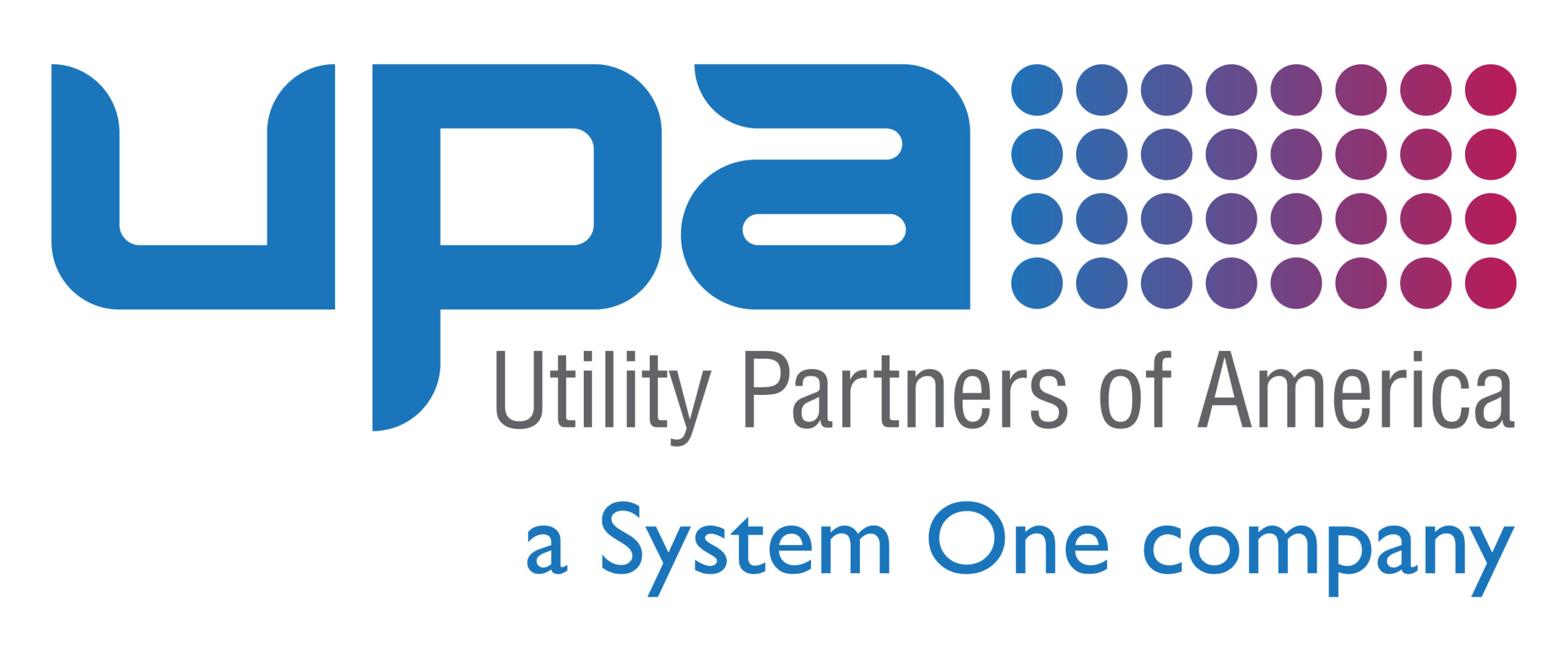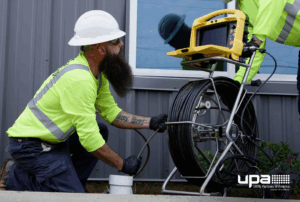Can you picture customer service without telephones? This technology was invented in 1876 by Alexander Graham Bell and certainly made it easier for customers to communicate with businesses. Before the telephone, the only way to contact a business was to physically visit and meet with staff or to send a letter or other form of post. Of course, it’s far easier to ignore a letter sent from an irritated customer far away. The telephone (eventually) is what empowered the customer to reach the businesses they dealt with regardless of location and time.
In the decades since, customer service has developed through similar technological milestones. This evolution includes switchboards, rotary dial phones, call centers, interactive voice response systems, email, social media, and AI-supported customer interactions. However, the biggest shift in customer service might not be technology at all. Rather, it’s the general concept of customer service as a two-way conversation.
Why two-way customer service conversation matters
There’s no doubt that customer service is essential to attracting and retaining customers. Studies state that up to 35% of customers are willing to switch companies due to poor customer service experiences.
Simply put, today’s consumer approaches brand relationships differently than in the past. For context, consider that more than 60% of consumers (and 75% of B2B buyers) expect the business to know exactly what they need.
Related: Differences Between Customer Satisfaction and Customer Experience
Strategic service companies understand this and have tools and processes to build customer profiles and anticipate needs. One straightforward strategy is two-way customer service, based on two-way communication. In two-way communication, “both sender and receiver listen to each other, gather information, and are willing to make changes to work together in harmony.” This works because it treats customer service calls as opportunities to show empathy and react in a human, non-robotic manner. When customers feel comfortable with the conversation, the company has an easier time building a profile of their needs.
Related: Prioritizing Customer Service Across the Business
Implementing two-way customer service
Customer needs can change rapidly and for many reasons. Some may include seasonality, presence within the sales funnel, products/services used, and even demographic information like age and location.
Customer relationship management (CRM) systems effectively house historical customer patterns and preferences. CRMs aren’t the only way to gather that information though. For example, automated service questionnaires allow the business to ask questions about the overall experience and specific actions that take place within the sales funnel.
Listening to customers is one of the most critical things a business can do, but it’s only half of the equation when it comes to two-way customer service. You must also act on what you hear — and promptly.
Related: A Great Customer Experience is the New Standard of Service
Using two-way customer service to your advantage
The first step in two-way customer service is letting the customer know that you hear them by acknowledging the problem. Responding to their concerns with empathy can go a long way toward easing any tension. Another significant aspect of two-way customer service is keeping the customer apprised of status updates. There are many different software solutions that can automate this, delivering a short update via phone message, text, or email. An informed customer is more likely to feel like their problem is being prioritized.
Of course, the goal with any customer service complaint should be to rectify the situation. Once that has happened, close the loop and follow up with the customer to ensure their needs have been met. Consider this step the finishing touch on a successful two-way customer service scenario. In many cases, problems experienced by utility customers involve service interruptions for essentials like power, water, or gas. Still, by emphasizing two-way communication, your customer service team can play a monumental part in creating brand advocates for your utility.
Related: Top Three Benefits of Customer Service Surveys for Utilities
Utility Partners of America (UPA) has partnered with utilities and energy cooperatives to build, inspect, maintain and upgrade the nation’s utility infrastructure for more than 20 years. To learn more about what we do and how we can help you, contact us or call (888) 667-1411 today.




